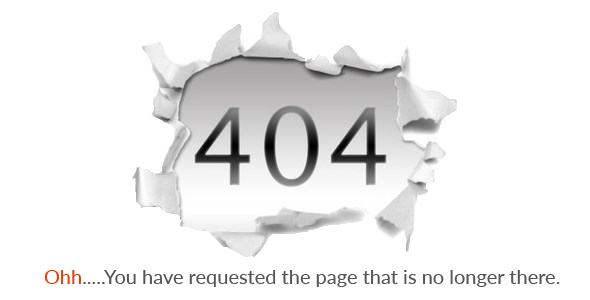The requested ISO-9001-Lead-Auditor exam was not found on this server

For further details please feel free to Contact us

For further details please feel free to Contact us

DumpsMate's team of experts is always available to respond your queries on exam preparation. Get professional answers on any topic of the certification syllabus. Our experts will thoroughly satisfy you.

TESTED 10 Dec 2025